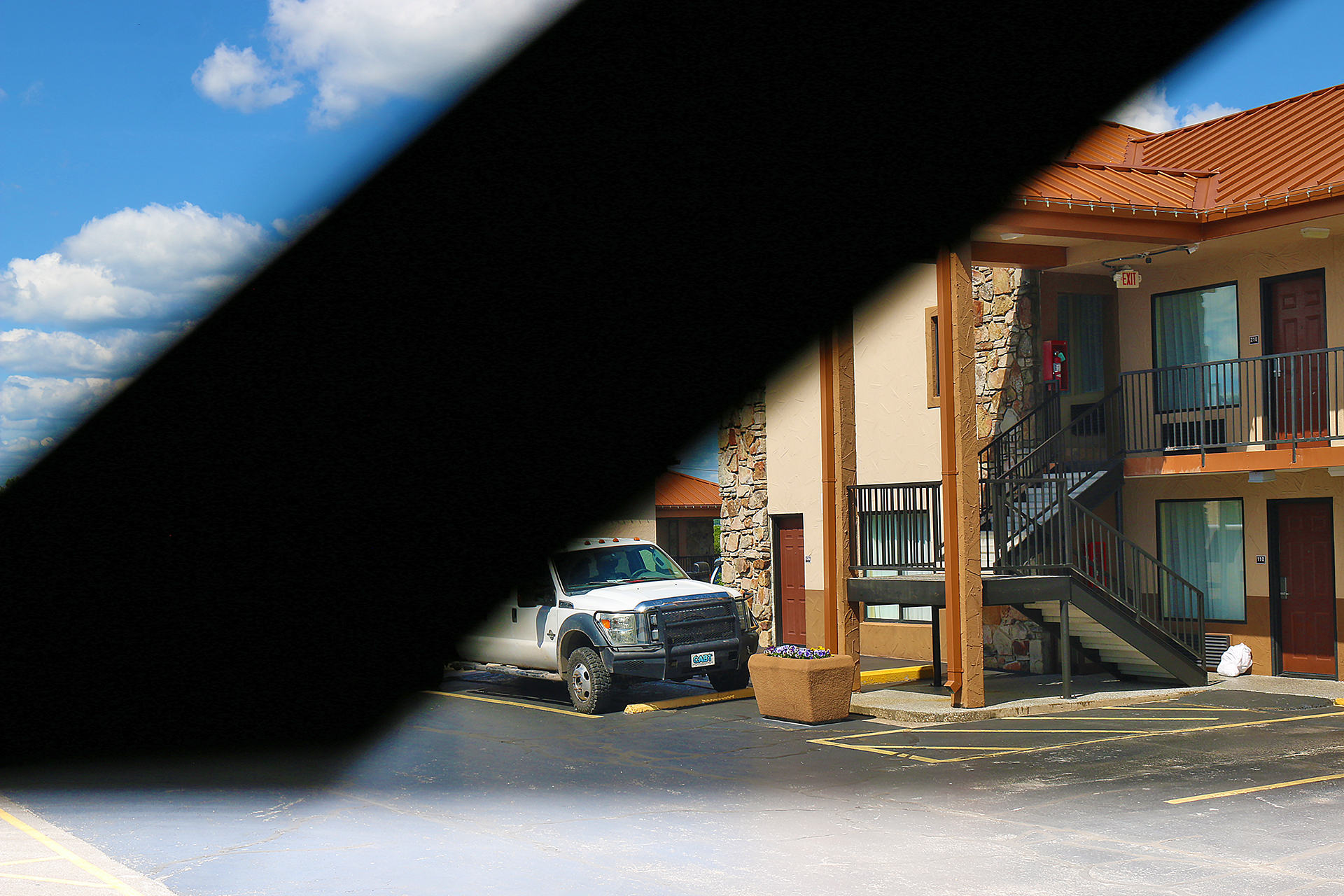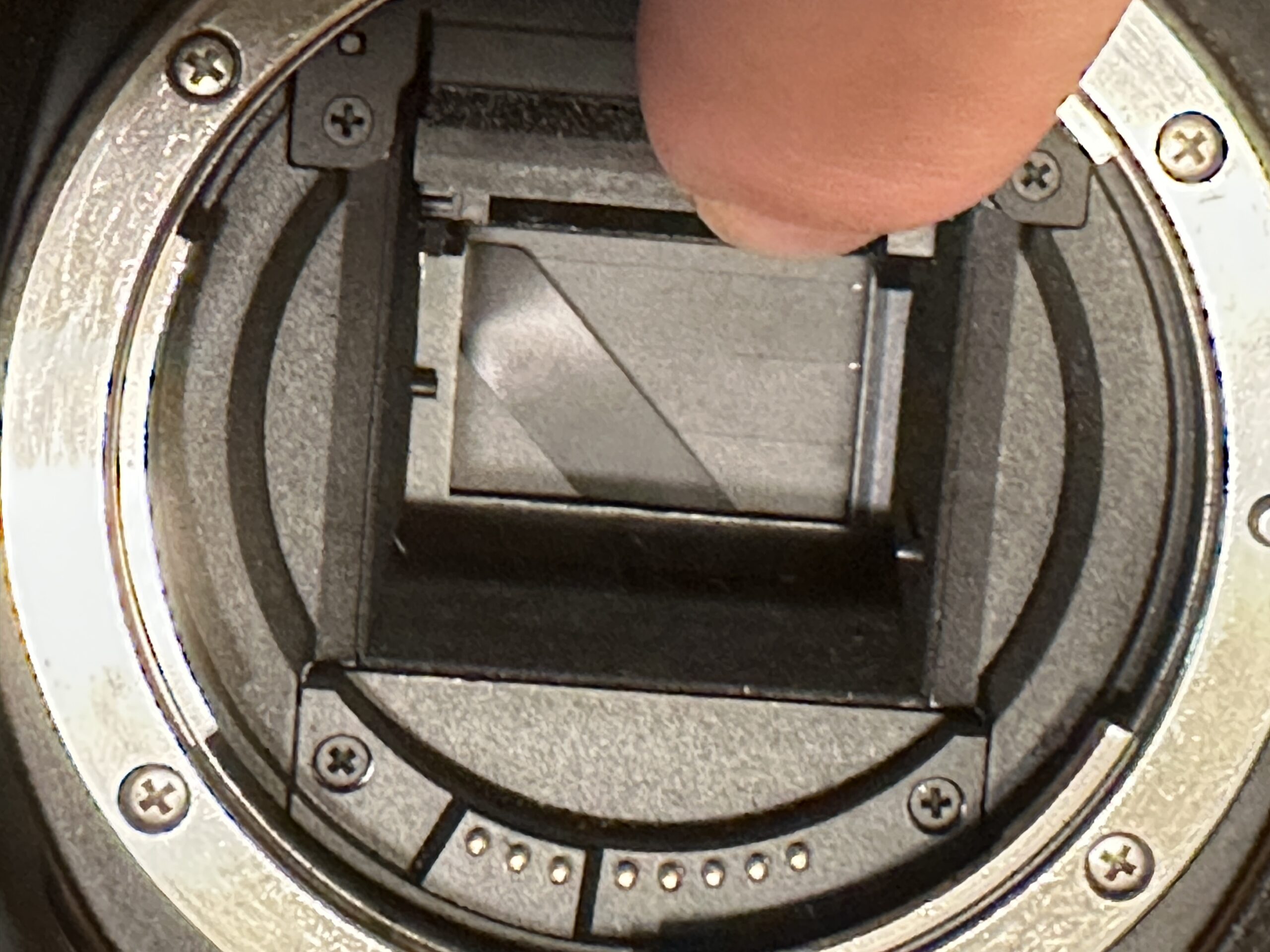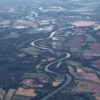Picture this: my camera finally died after greater than 11.5 years of service of taking tens of thousands of photographs in six continents and dozens of countries around the world, as one of the blades of the shutter in the camera dislocated without warning on Sunday, May 4, 2025 at 5:56 in the afternoon Eastern Daylight Time.
My Camera Finally Died.

The camera in question is a Canon EOS 70D single lens reflex camera, which was purchased in new condition new back in October of 2013. I am almost certain that greater than 100,000 shutter actuations were performed, which is the expected life span of the shutter of the camera.
Several options were available to me:
- Repair the camera myself, which would be painstaking, as it would require the disassembly of much of the entire camera in order to replace the shutter. The cost of a replacement shutter is supposedly less than $100.00; but doing so would likely not be worth the amount of time, effort, and precision that this process would entail — and I cannot guarantee that I can put the entire camera back together again exactly the way it was prior to taking it apart. Even if successful, how long the camera would last in working condition is unknown.
- Have a professional camera repair facility replace the shutter, which could cost as much as $500.00 and extend the life of my camera — but for how long?
- Purchase a used Canon EOS 70D single lens reflex camera or similar camera, which could cost as much as $500.00; but who knows what components will fail on a used camera — as well as when the failure could occur.
- Purchase a new camera. This is the option that I most considered for obvious reasons — but it is also the most expensive option. Even if this is the chosen option, the choices with purchasing a new camera are as follows:
- Single lens reflex camera — but fewer new cameras equipped with this technology are being manufactured, as this technology is starting to become as obsolete as motor vehicles that are equipped with manual transmissions.
- Mirrorless camera, which is lighter and has fewer active parts to it — such as no mirror to flip — but it uses more battery power because the viewfinder is not an optical one. What are the other negative aspects of mirrorless cameras?
- Purchase a brand that is different from Canon, as Nikon and Sony offer good camera models — but then, my Canon accessories become useless. I could always sell the accessories if I switch to a different brand of camera.
What I want is a camera with which I can easily travel that is:
- Reasonably lightweight because I travel extensively and would be carrying it with me.
- Is equipped with professional features, as my photographs are part of what differentiates The Gate With Brian Cohen from other weblogs — and photography is an extension of who I am as a creative person and how I see the world; and I want that reflected in the articles which I write.
- Uses interchangeable lenses, as one lens usually does not provide enough of a focal length that I use in my photographs — and multiple lenses result in more creative options. I especially prefer to use a telephoto lens that offers the best combination of focal length, weight, size, and price.
- Will not cost many thousands of dollars, as I do not want to tote around expensive equipment; and I am not exactly trying to win a Pulitzer Prize for photography.
Final Boarding Call

I have been using my Apple iPhone 14 for my photography since the failure of the shutter of my camera happened while I was in Missouri last week. I do like some features about using the iPhone as a camera — especially that it is compact enough to put in my pocket — but because it uses a digital zoom instead of an optical zoom that a telephoto lens provides, I cannot use it for many situations.
Anyway, this situation is still developing…
All photographs ©2025 by Brian Cohen.
